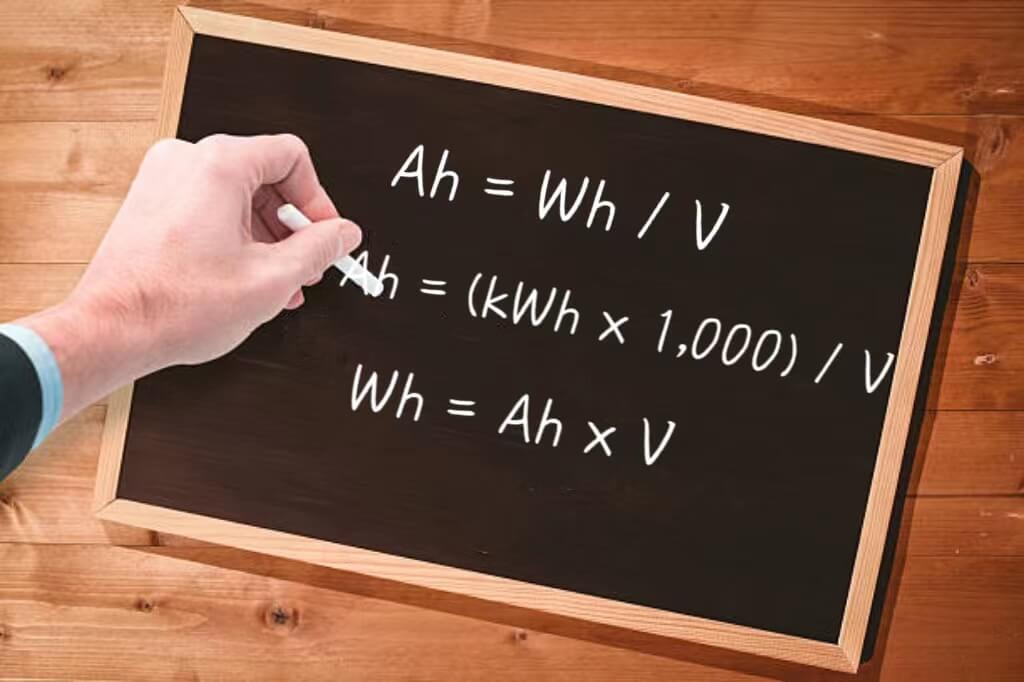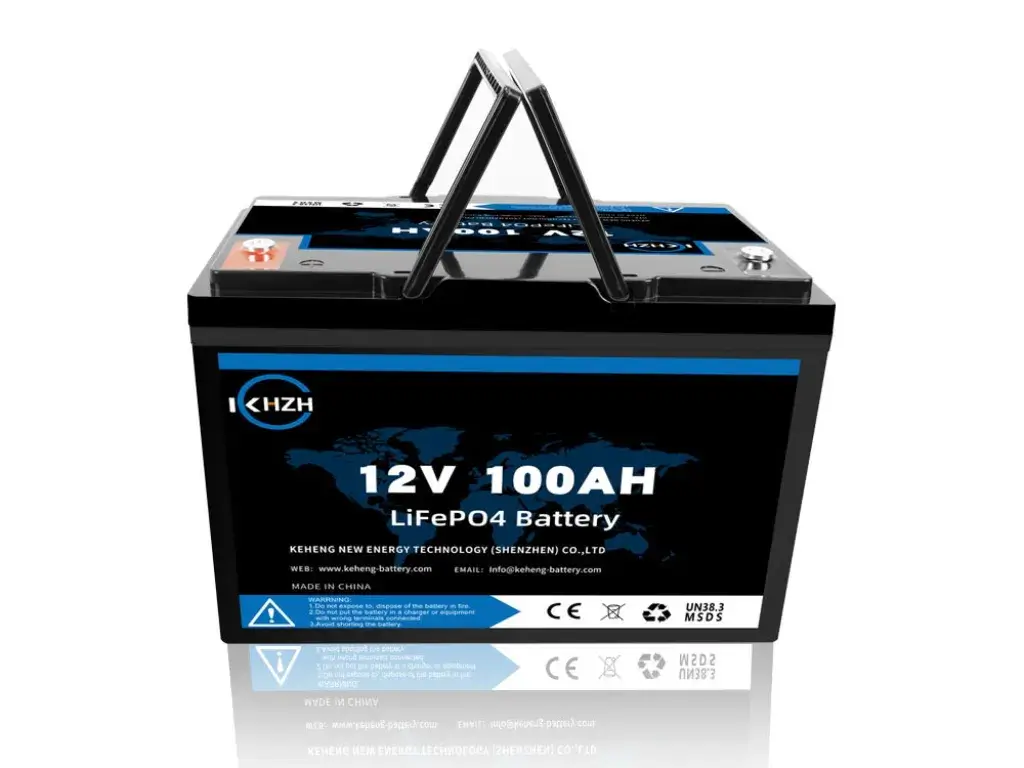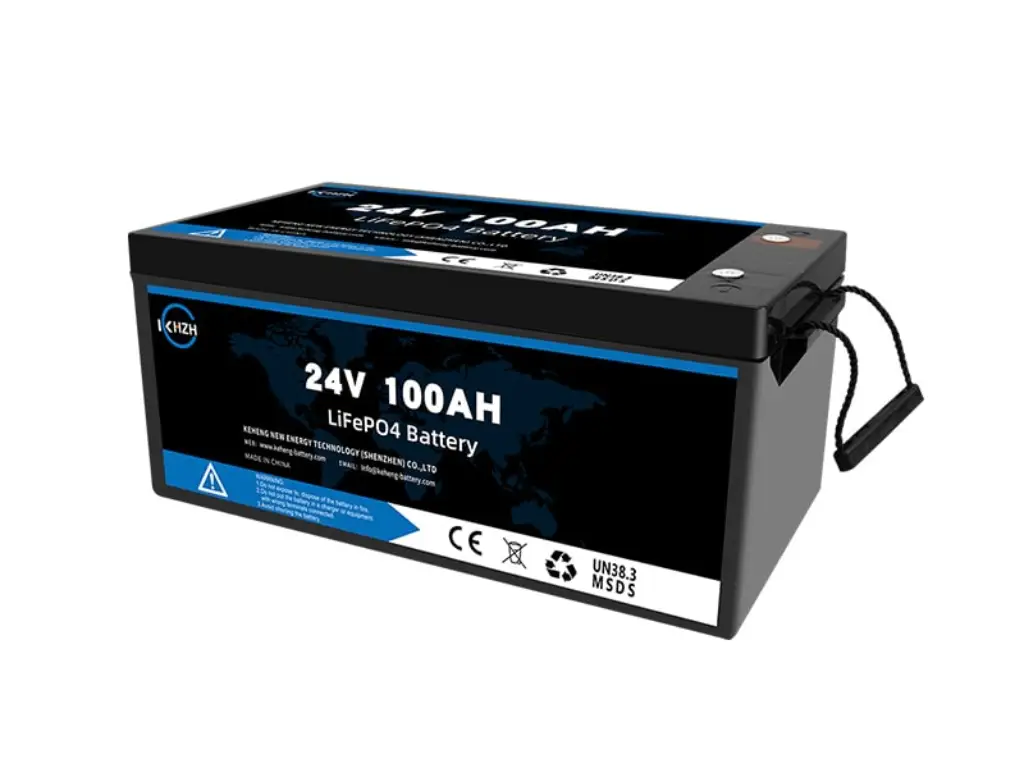In the realm of energy storage, particularly in applications such as solar generators, recreational vehicles (RVs), and electrically powered golf carts, the comprehension of watt hours (Wh) and ampere hours (Ah) is imperative. These terminologies transcend mere technical jargon; they are integral for quantifying a battery’s energy storage capacity and its ability to sustain the operation of electrical appliances over time. Let us delve into an elucidation of these concepts, endeavoring to demystify them with the same ease as one might comprehend their morning coffee routine.
One may pose the inquiry, “What is the practical relevance of this distinction?” Consider, for instance, the scenario of orchestrating a camping expedition equipped with solar-powered apparatuses. Discerning the nuances between watt hours and amp hours equips you with the precision to calculate the endurance of your equipment. This knowledge is the linchpin in the transition from an evening bathed in ample light and comfort in the wilderness to a scenario marred by darkness and regret over the oversight of your battery’s energy storage potential.

What is Watt Hours?
Watt hours (Wh), in the lexicon of electrical engineering, refer to a unit of energy measurement that is derived from the product of power in watts and number of hours. They denote the cumulative quantity of work performed or capacity of power expended over a specified timeframe. Envision it as an energy reservoir. To illustrate, a battery with a specification of 100 watt hours possesses the capacity to discharge 100 watts of power continuously for one hour, or alternatively, 50 watts over a period of two hours, and so forth. This fundamental concept forms the backbone of our electrical systems, encompassing a broad spectrum from sophisticated solar power arrays to the diminutive batteries powering our smartphones.
But how does this metric translate into our everyday experiences? Consider a practical example: a light bulb requiring a power draw of 10 watts. Under this scenario, a battery with a 100Wh rating could sustain the bulb’s operation for a duration of 10 hours. This principle assumes a critical role in the determination of optimal solar panel dimensions and in the strategic selection of batteries for customized applications. Whether the task at hand involves configuring a photovoltaic power system for residential use or choosing an appropriate power source for a miniature electronic apparatus, a comprehensive understanding of the watt-hour metric is essential.
What is Amp Hours?
Ampere hours (Ah), a term integral to the field of electrical engineering, offer a distinct perspective compared to watt hours. Whereas watt hours quantify the total energy, ampere hours are a measure of electric charge capacity. They precisely indicate the ability of a battery to deliver a certain current (measured in amperes) over a specified duration. To exemplify, a battery rated at 5Ah is capable of providing a current of 5 amperes for one hour, or alternatively, a current of 1 ampere for a span of five hours.
The significance of this measurement lies in its capacity to provide a multifaceted understanding of a battery’s potential. It’s akin to assessing the volume of water in a reservoir as opposed to the duration for which it can sustain a flow. In the context of diverse applications, ranging from electric vehicles and golf carts to the ubiquitous power banks for our portable devices, comprehending the ampere hours metric is instrumental. It enables a more nuanced evaluation of how long a device can function under typical usage conditions, thereby informing both the design and utilization of these devices.
The Relationship Between Watts and Amps
The nexus between watts and amperes encapsulates a fascinating aspect of electrical engineering. These units are not in opposition; rather, they exist in a synergistic relationship. This interconnection is epitomized by Ohm’s law formula, a cornerstone of electrical theory, which articulates the relationship between these two units. In this formula, watts (W) are expressed as the product of amperes (A) and volts (V), concisely captured in the equation W = A x V. This fundamental relationship is indispensable in comprehending the operational dynamics of electrical systems. To illustrate, a battery with a 12-volt output supplying a current of 2 amperes is effectively generating 24 watts of power.
Convert Watt Hours to Amp Hours
Transitioning into a more applied aspect, let us explore the methodology for converting watt hours (Wh) to ampere hours (Ah). This process is more straightforward than it initially appears. The conversion is facilitated by a simple formula:
Ah = Wh / V
Here V denotes the voltage. Consider, for instance, a battery with a capacity of 100Wh integrated within a 12V system. Applying this formula, we derive that the total number of watts (100Wh) divided by 12V equates to number of amps (approximately 8.33Ah). This calculation indicates that the battery is capable of providing a current of 8.33 amperes for one hour at a voltage of 12 volts.
This conversion proves invaluable in scenarios where there is a need to align battery capacities with the power requirements of various appliances, or in the design and optimization of solar energy systems. For example, if an appliance operates at 5 amperes and is part of a 12V system, one can deftly determine the necessary battery capacity in watt hours.
Convert Kilowatt Hours to Amp Hours
The conversion of kilowatt hours (kWh) to ampere hours (Ah) becomes increasingly pertinent in the context of large-scale energy systems, such as residential solar installations or electric vehicle powertrains, where energy metrics are typically expressed in kilowatts.
A kilowatt hour represents a substantial quantum of energy, equivalent to 1,000 watt hours. This unit is predominantly utilized to gauge significant levels of energy consumption or generation. The conversion to ampere hours is facilitated by a clear-cut formula:
Ah = (kWh x 1,000) / V
This operation involves multiplying by 1,000 to transition from kilowatts to watts, thereby ensuring uniformity in the measurement units involved.
To illustrate, consider a solar energy system that generates 2 kWh of power within a 24V framework. Employing the conversion formula, we calculate (2 kWh x 1,000) / 24V, which amounts to approximately 83.33 Ah. This implies that the system is capable of providing an output of roughly 83 amperes for an hour at a voltage of 24 volts. This conversion process is indispensable for effectively planning and calibrating energy systems. For instance, it aids in ascertaining the requisite battery capacity for a domestic solar power arrangement or in estimating the operational range of an electric vehicle.
Convert Amp Hours to Watt Hours
Conversely, the process of converting ampere hours (Ah) to watt hours (Wh) is equally vital, particularly in contexts where precise watt-hour specifications are paramount. The transformation is governed by a straightforward formula:
Wh = Ah x V
Envision possessing a battery with a 10Ah capacity within a 12V electrical system. Applying this formula, we ascertain that 10Ah multiplied by 12V yields 120Wh. This conversion proves indispensable in situations demanding exact watt-hour quantifications, such as configuring solar power systems or selecting the appropriate batteries for recreational vehicles (RVs).
This metric conversion is crucial for facilitating direct comparisons across various battery technologies. It applies equally to advanced lithium-ion batteries and conventional lead-acid variants. Understanding the watt-hour equivalent of these batteries enhances clarity regarding their energy storage capacity and longevity.
Factors Affecting the Conversion Process
Nonetheless, the process is not always governed by linear computation. Various factors exert influence on the conversion dynamics between watt-hours and ampere-hours, and the inverse. A significant factor in this regard is the battery’s terminal voltage, which exhibits fluctuations contingent upon the battery’s state of charge and its specific type. For instance, lithium-ion batteries are characterized by their ability to sustain a more consistent voltage output, in contrast to lead-acid batteries, which are susceptible to notable voltage reductions during their discharge cycle.
Additionally, the system’s overall efficiency plays a critical role. It is important to recognize that not all energy stored within a battery is directly convertible into usable power; a portion of this energy is invariably lost, either as thermal energy or due to the battery’s internal resistance. In this context, the concept of ‘nominal voltage’ is paramount. Nominal voltage represents an averaged value, designed to accommodate these variations, thereby offering a more pragmatic and realistic basis for calculation.
Furthermore, the rate of discharge significantly affects a battery’s effective capacity. A battery undergoing a slower rate of discharge typically yields a higher amount of usable energy compared to one discharged more rapidly. Hence, a thorough understanding of the specific operational conditions of your electrical system is essential for accurate and reliable conversion and estimation processes.
Watt Hours to Amp Hours Conversion Charts
To equip you with a pragmatic instrument for navigating these conversions, we shall delve into a series of conversion charts, mapping watt hours to ampere hours. These charts are designed to serve as a swift and accessible reference, accommodating a spectrum of voltage levels commonly encountered across a diverse array of devices and electrical systems. It is pivotal to acknowledge that the values presented in these charts are approximations. The actual outcomes can exhibit variations, influenced by variables such as the efficiency parameters of the batteries in question and their specific discharge profiles.

Conversion Chart for 12V Systems
| Watt Hours (Wh) | Amp Hours (Ah) |
| 50 Wh | ~4.17 Ah |
| 100 Wh | ~8.33 Ah |
| 150 Wh | ~12.5 Ah |
| 200 Wh | ~16.67 Ah |
| 250 Wh | ~20.83 Ah |
| 300 Wh | ~25 Ah |
| 500 Wh | ~41.67 Ah |
| 1000 Wh | ~83.33 Ah |

Conversion Chart for 24V Systems
| Watt Hours (Wh) | Amp Hours (Ah) |
| 50 Wh | ~2.08 Ah |
| 100 Wh | ~4.17 Ah |
| 150 Wh | ~6.25 Ah |
| 200 Wh | ~8.33 Ah |
| 250 Wh | ~10.42 Ah |
| 300 Wh | ~12.5 Ah |
| 500 Wh | ~20.83 Ah |
| 1000 Wh | ~41.67 Ah |
Conversion Chart for 36V Systems
| Watt Hours (Wh) | Amp Hours (Ah) |
| 50 Wh | ~1.39 Ah |
| 100 Wh | ~2.78 Ah |
| 150 Wh | ~4.17 Ah |
| 200 Wh | ~5.56 Ah |
| 250 Wh | ~6.94 Ah |
| 300 Wh | ~8.33 Ah |
| 500 Wh | ~13.89 Ah |
| 1000 Wh | ~27.78 Ah |
Conversion Chart for 48V Systems
| Watt Hours (Wh) | Amp Hours (Ah) |
| 50 Wh | ~1.04 Ah |
| 100 Wh | ~2.08 Ah |
| 150 Wh | ~3.13 Ah |
| 200 Wh | ~4.17 Ah |
| 250 Wh | ~5.21 Ah |
| 300 Wh | ~6.25 Ah |
| 500 Wh | ~10.42 Ah |
| 1000 Wh | ~20.83 Ah |
Case Studies: Watt Hours to Amp Hours in Action
Let’s see how this plays out in real life. Consider solar generators used in off-grid setups. A generator with a battery capacity of 500Wh operating at a nominal voltage of 12V would theoretically have about 41.67Ah (500Wh / 12V). This calculation helps in determining how long the generator can run your appliances.
In another scenario, imagine you’re using a 100Ah battery for your RV’s power system. At a nominal voltage of 12V, this translates to 1200Wh (100Ah x 12V). This information is crucial in planning how long you can power appliances like your fridge, lights, and TV without recharging.
FAQs in Watt Hours to Amp Hours Conversion
How does Battery voltage affect watt hour and amp hour calculations?
Voltage is integral to these calculations, serving as the pivotal intermediary that bridges watt-hours and ampere-hours. Alterations in voltage will invariably have a direct and significant impact on the precision of these conversion calculations.
Can I use these conversions for all types of batteries?
Indeed, the principles underlying these conversions are universally applicable to a broad spectrum of battery types. However, it is paramount to factor in elements such as the nominal voltage and discharge rates to ensure the fidelity and accuracy of the outcomes.
Why do I need to convert watt hours to amp hours?
This conversion is essential for facilitating a comparative analysis of different batteries and for ascertaining the endurance of a battery when subjected to specific electrical loads. It provides a standardized metric for evaluating the operational longevity and efficiency of batteries under diverse conditions.
Conclusion
Understanding the conversion dynamics between watt hours and amp hours is invaluable whether you are an aficionado of solar power, an enthusiast of recreational vehicles, or simply keen on understanding battery mechanics. Each of Keheng’s lithium batteries is clearly marked with its ampere-hour (Ah) capacity, aiding you in making precise energy calculations. It helps you compare the battery’s energy capacity and calculate how much energy you need for your solar system and other applications like RV, marine, and golf cart. It extends beyond mere academic pursuit; it equips you with pragmatic knowledge crucial for making well-informed choices about your energy requirements.





3 thoughts on “Mastering the Conversion: Watt Hours to Amp Hours Explained”
I’m glad I discovered this webpage. I was searching for something else when I stumbled on it. Nice work.
I’m glad the article helped you.
مقال بسيط وأكثر من رائع… شكرا جزيلا لكم.